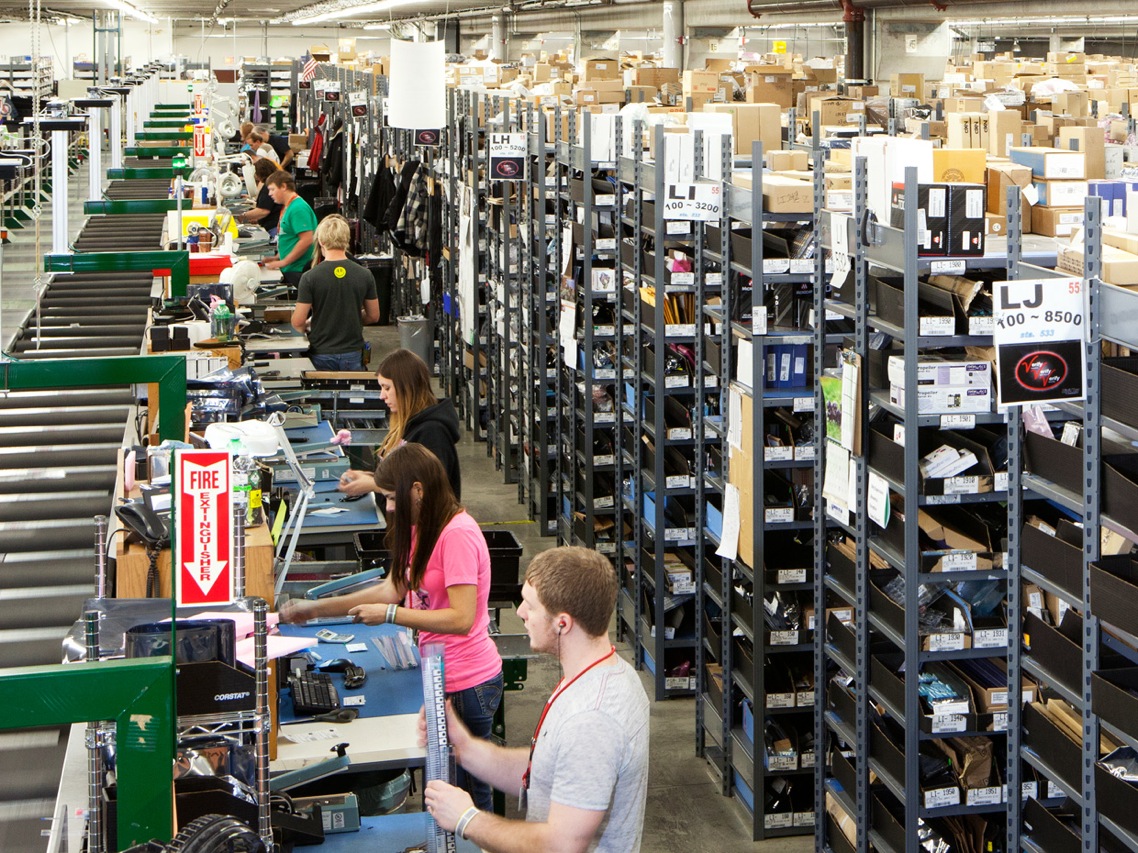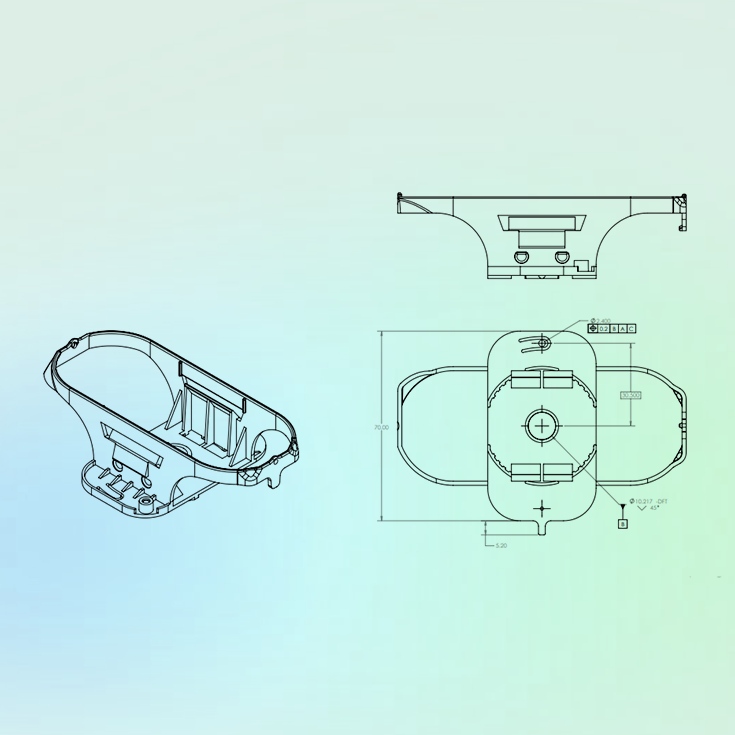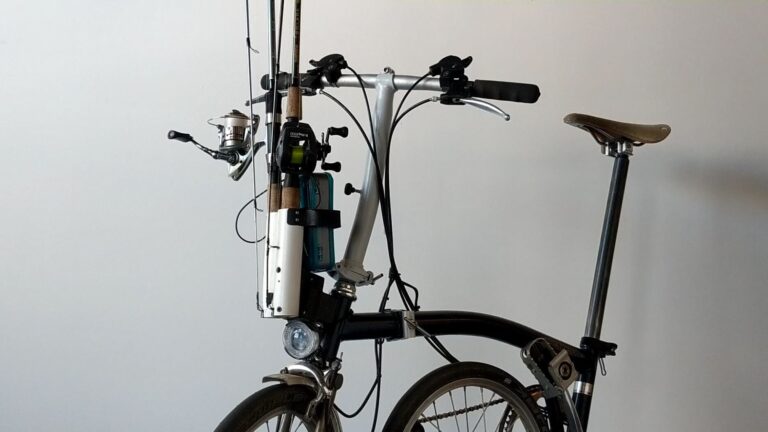Designing a manufacturable product is no cake walk, but even the best designed product can fail to make it to market if Procurement is unable to source the components you chose over the manufacturing lifetime. Electrical engineers are familiar with this issue as it is very clearly defined, when picking parts for a PCBA you can determine where components are in their life cycle and whether obsolescence is imminent, altering the design accordingly. Physical hardware isn’t always so easy; while Mc-Master Carr and Grainger can be great for industrial supplies and repairs, they’re not cost effective at scale in the way Digikey, Mouser, or other suppliers are in the electronics world. Also you’ll likely design in off-the-shelf(OTS) components that come from many different sources; most of these sources won’t directly provide any information on whether their product will be around for years or out of production tomorrow without explicitly asking. Keep reading to find out best practices when sourcing OTS components, distilled from countless horror stories of seemingly simple parts holding up launches.
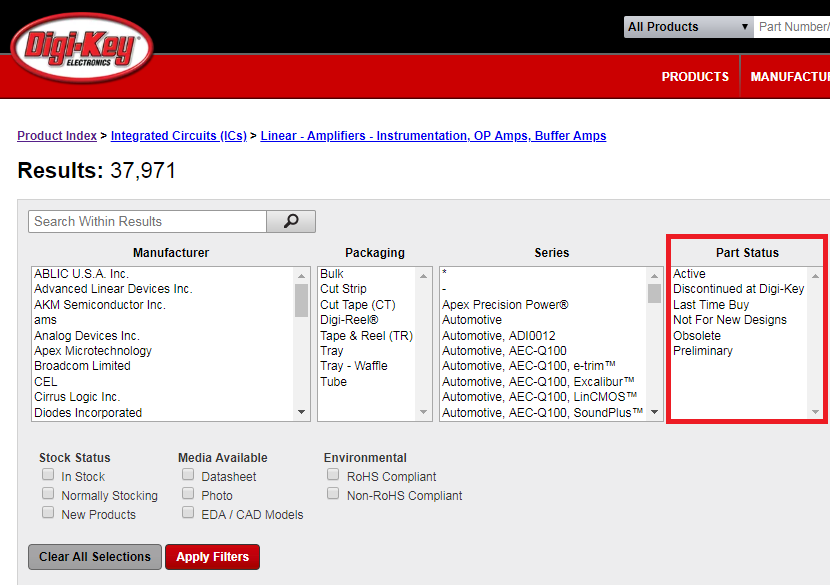
Amazon is Not the Answer
As a product development consultancy we see a range of projects, and one common misconception we see in fledgling startups is that if they can specify components on Amazon or Ebay then they will be able to do so for the lifetime of their product. While this may be the case for some products, items sold through consumer retail sites by their very nature usually be consumer grade, and with that grade comes a limited production lifetime. If your product doesn’t make up a significant portion of a company’s sales, then you have no say as to whether or not they will continue production. While this is technically true of all businesses, industrial products are typically integrated into larger systems and such the cost of the device is small relative to cost of the system, and maintenance or modification to that system is generally far more expensive than cost of the single device. Therefore companies can make products that demand a higher premium because they are guaranteed to be in production for a certain period of time, and to many industrial clients this cost adder is worth insuring against having to change a component within a fully developed system.
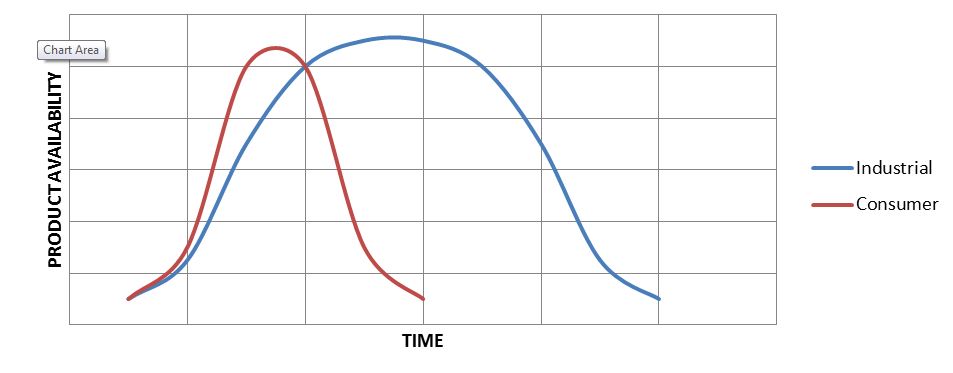
Conversely a consumer product can change without any notice, and there is more incentive to do so as consumers buy the “new” thing. While this is often the same technology repackaged to keep it interesting, the packaging may be what is integrated into your design, so even though the core technology remains the new product might not work as part of your solution anymore.
One example of this was a client who wanted to use the newest Microsoft tablet as their Human Machine Interface, their reasoning was sound; Microsoft tablets were smaller, more capable, and with far higher specs for the price than any comparable HMI from Industrial suppliers. Despite our cautions they proceeded with this solution, which due to the design aesthetic required tooled parts that interfaced with the Tablet housing and control buttons. By the time development was done and they were ready to begin purchasing the tablet had already been discontinued, and the price of re-tooling that part almost certainly outweighed the cost savings of using a consumer device.
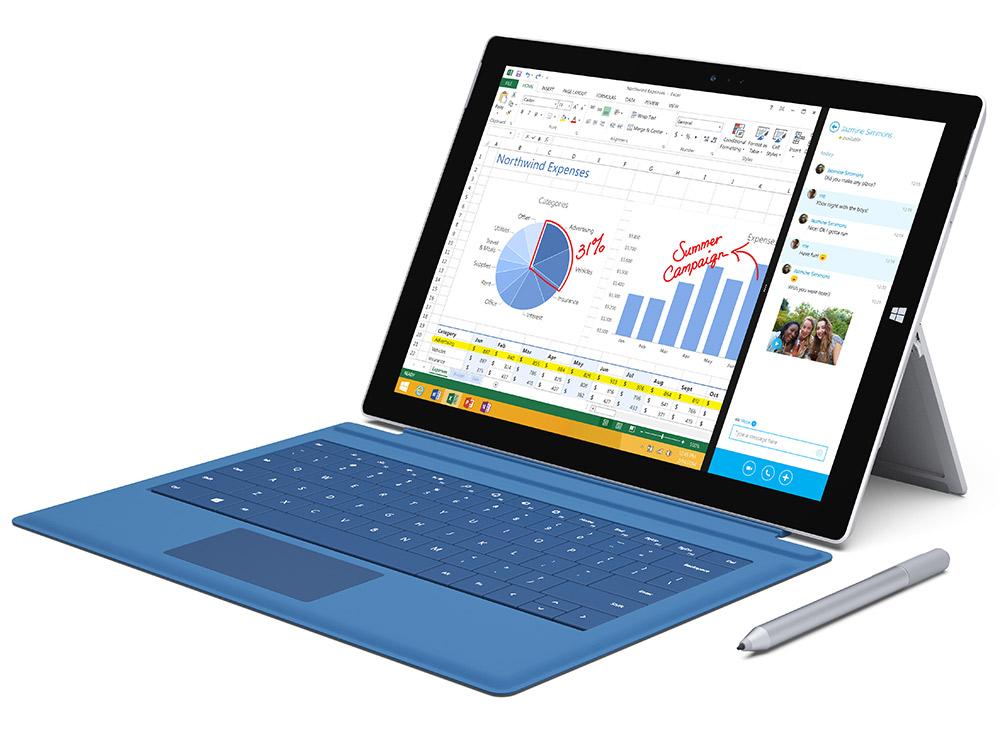
This is most obviously a problem in electronics as changing technology and consumer demand means products will reach End-of-life (EOL) much faster than in other sectors. But it can still be an issue if you pick a non-commodity piece of hardware (non-standard component, with a limited number of suppliers), there’s the risk of the supplier pool not being able to meet your quantity requirements, discontinuing the product you need, or going out of business.
Not so Standard Fastners
While the largest risk for obsolete components usually comes from more complex items such as displays, electronics, and HMI components, there’s still a risk that if you select very specialized fasteners they will either be unavailable when needed or unable to meet supply requirements. You can get fasteners of any standard pitch, length and head style just about anywhere in the world, but when you start designing for titanium shoulder screws with a low-profile head, non-fractional shoulder length, and a hex drive tip you’re just asking for sourcing issues down the road. If the fastener can only be found on 90’s era website from the 4th page of Google you should confirm that the problems being solved by this specialized fastener can’t be addressed another way.
Often even when these can be solved, the minimum order or length of time necessary to receive the parts will be a significant impact to schedules or cost models.

As mentioned in a previous post using off the shelf hardware is a great way to increase the “production value” of prototypes, but if you want to bring that hardware forward into the production solution, how do you ensure it will be available? While it can be difficult to know which hardware components will stay in production, if you stick to well established vendors or components with multiple vendors (commodity items) you can be confident that they will be available for a significant period of time, and that you will be given adequate warning when they are being discontinued.
The same cautions apply to any hardware component, sticking to reputable suppliers is always a good idea, they are reputable because they have a history of consistency in their product quality and availability. Working with experienced designers and companies will also help make sure these sourcing issues are addressed in the design stage before they become a costly production issue.
